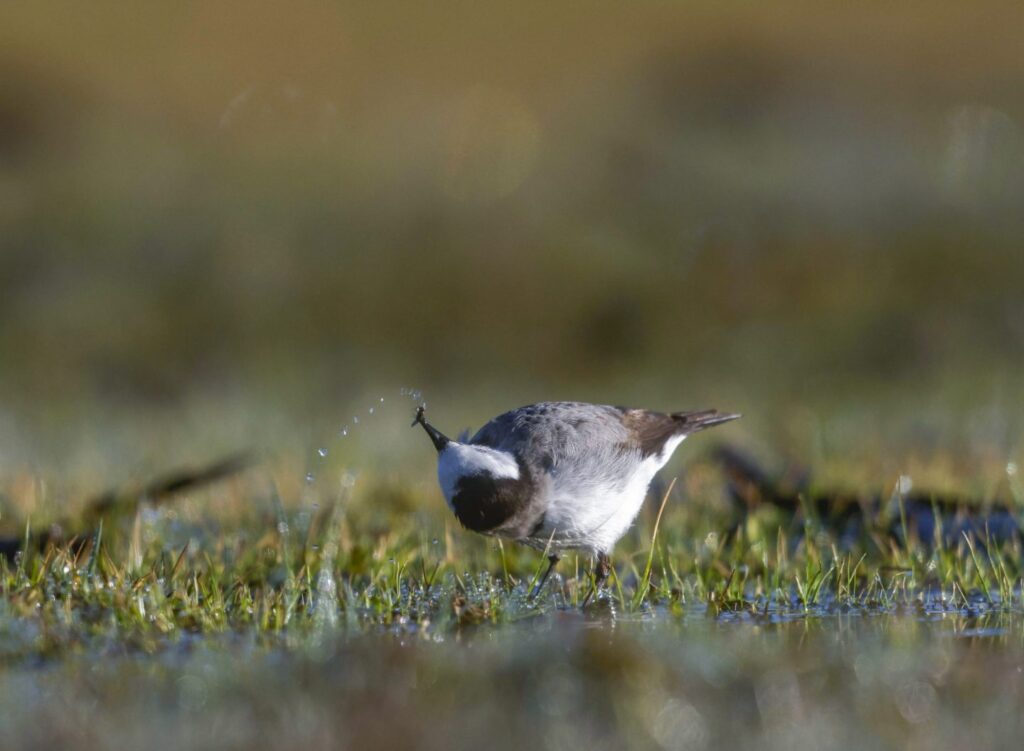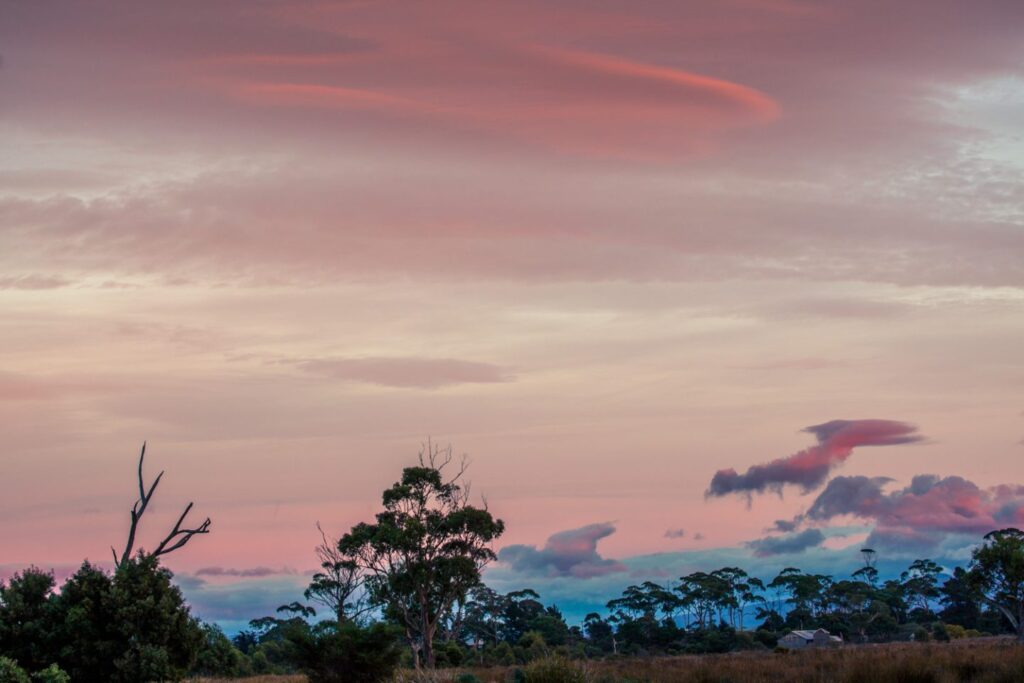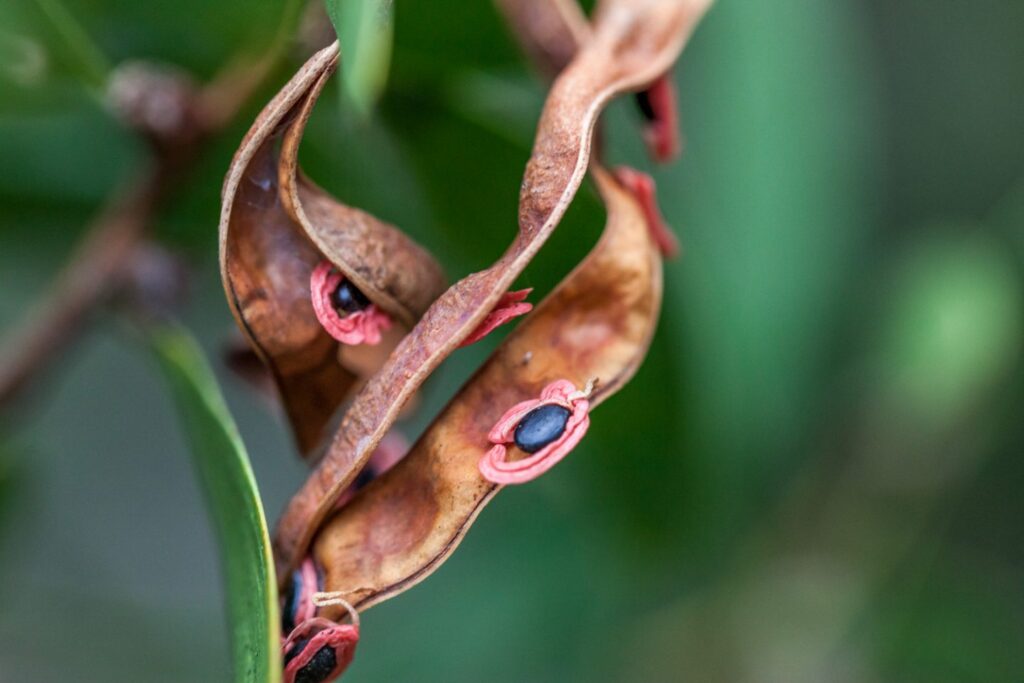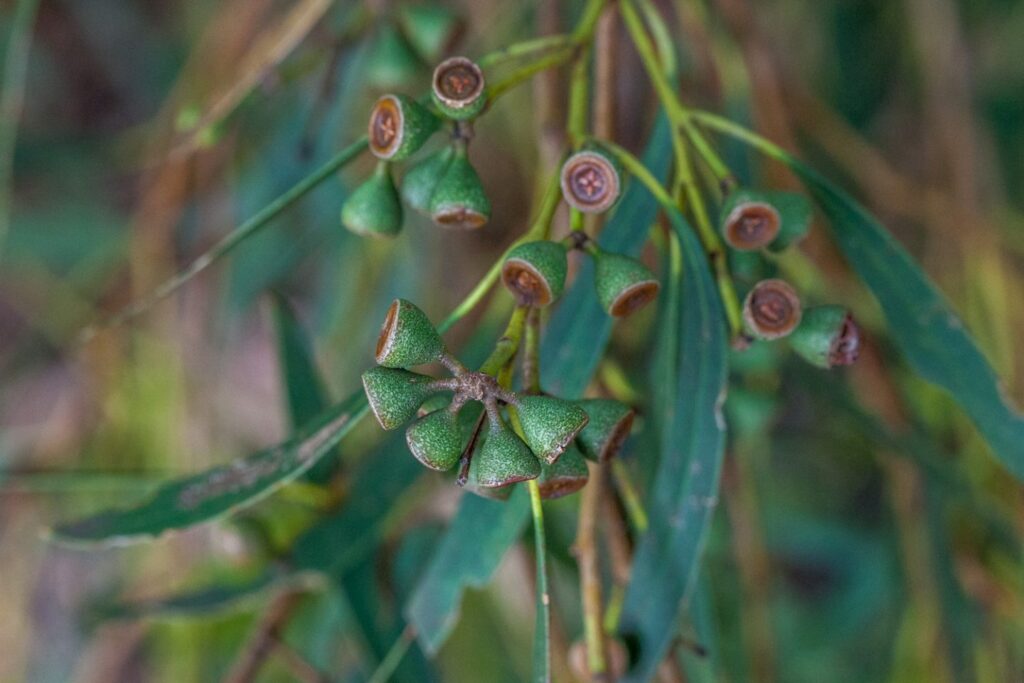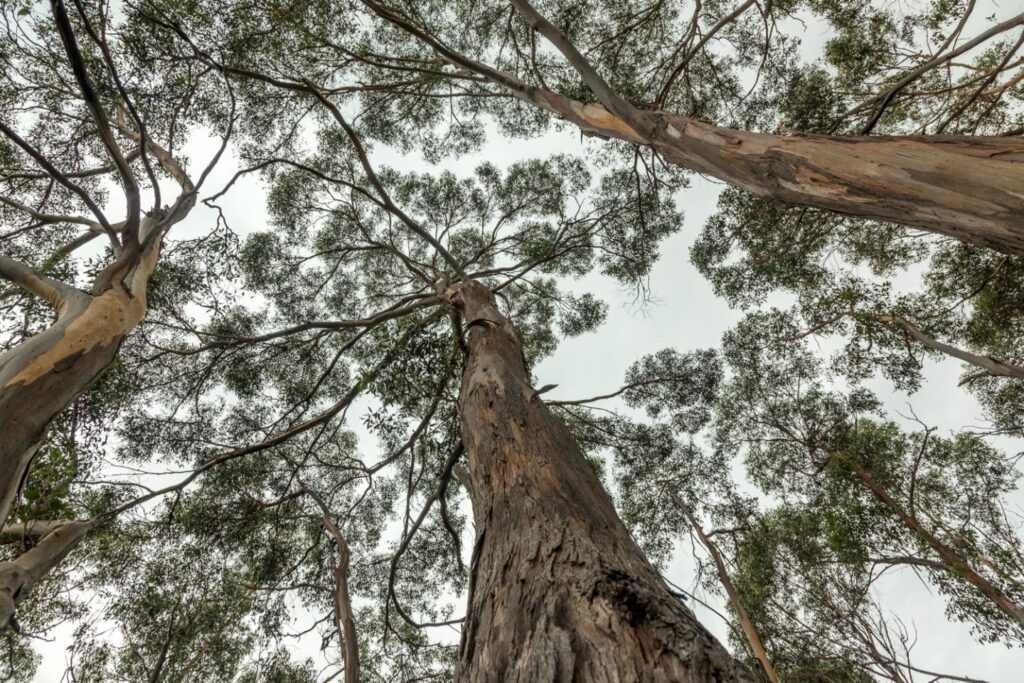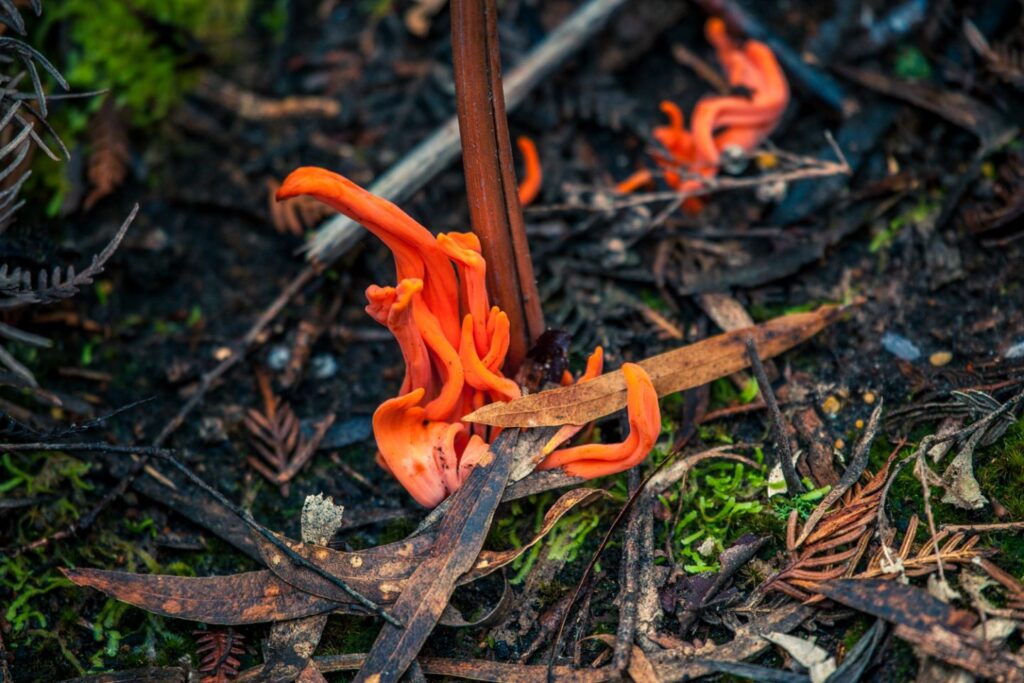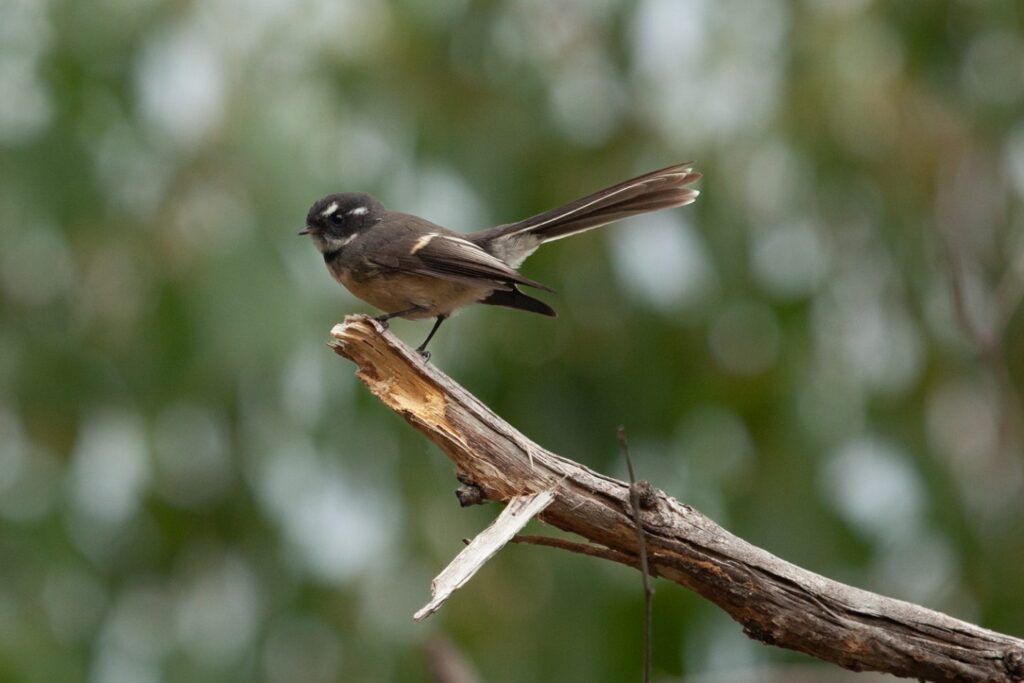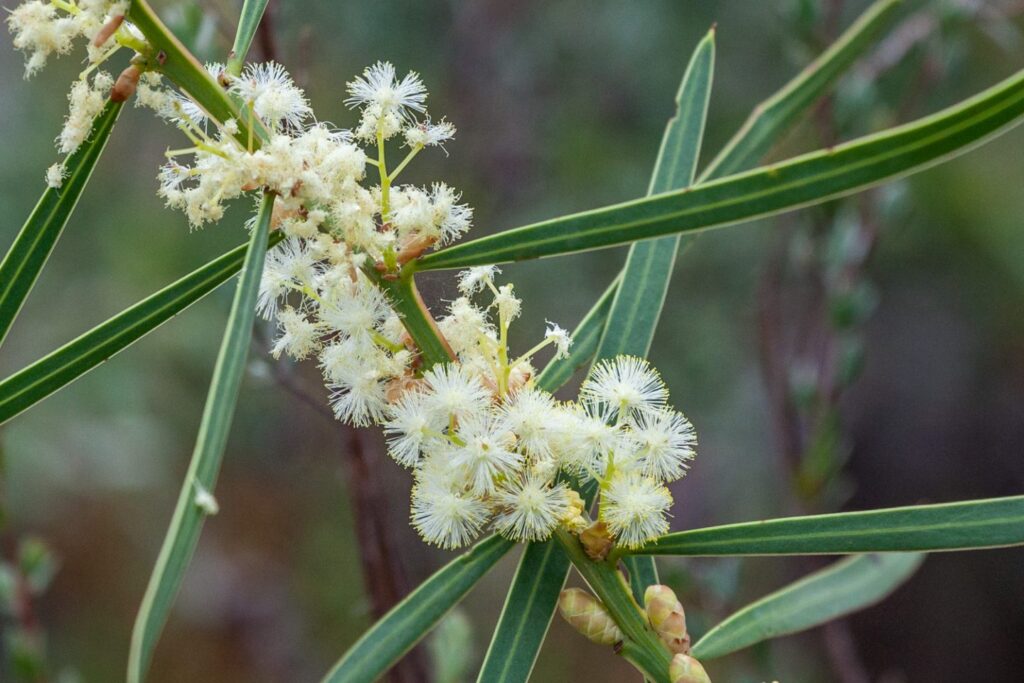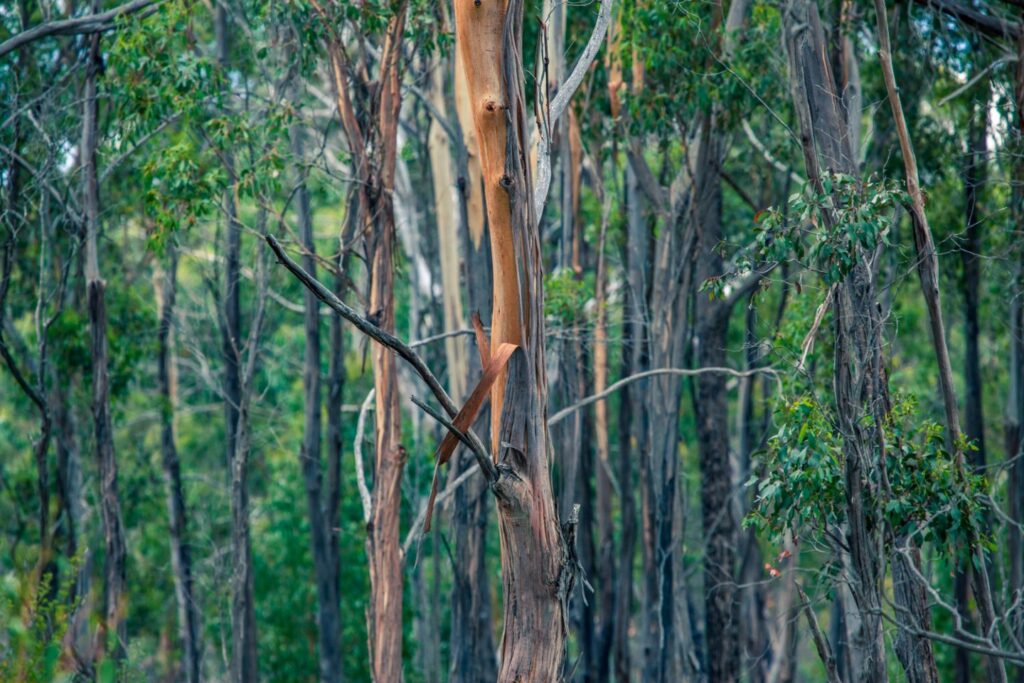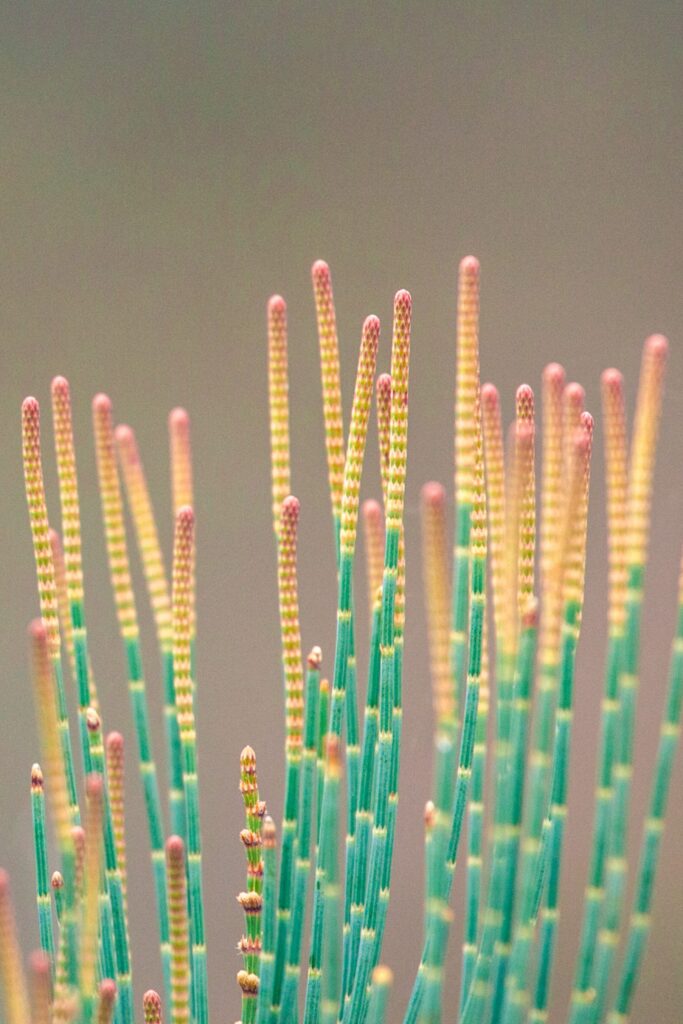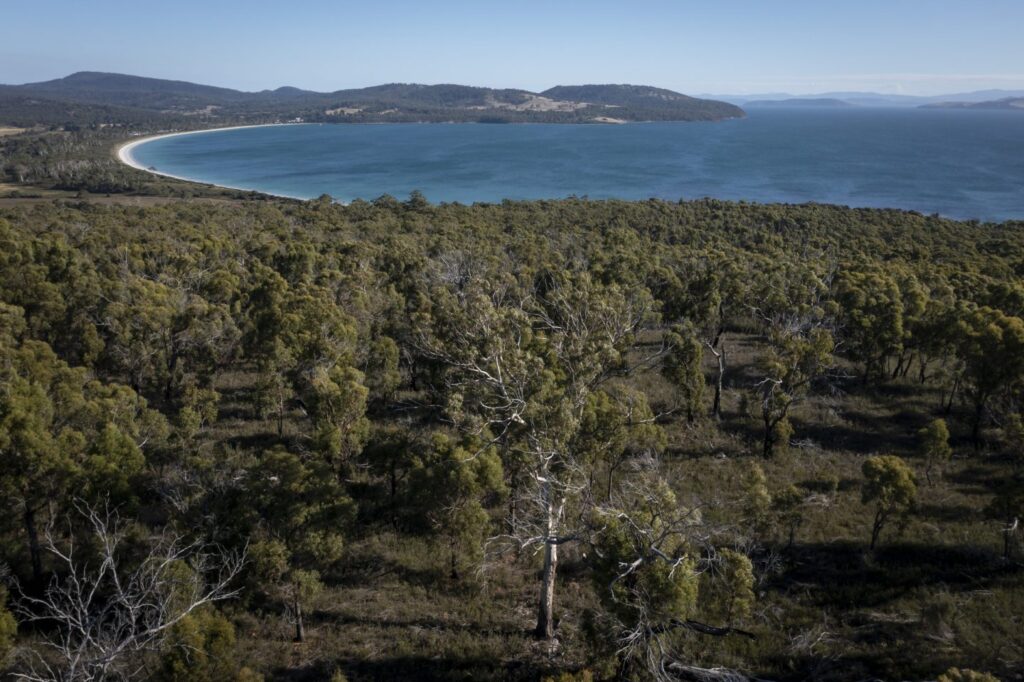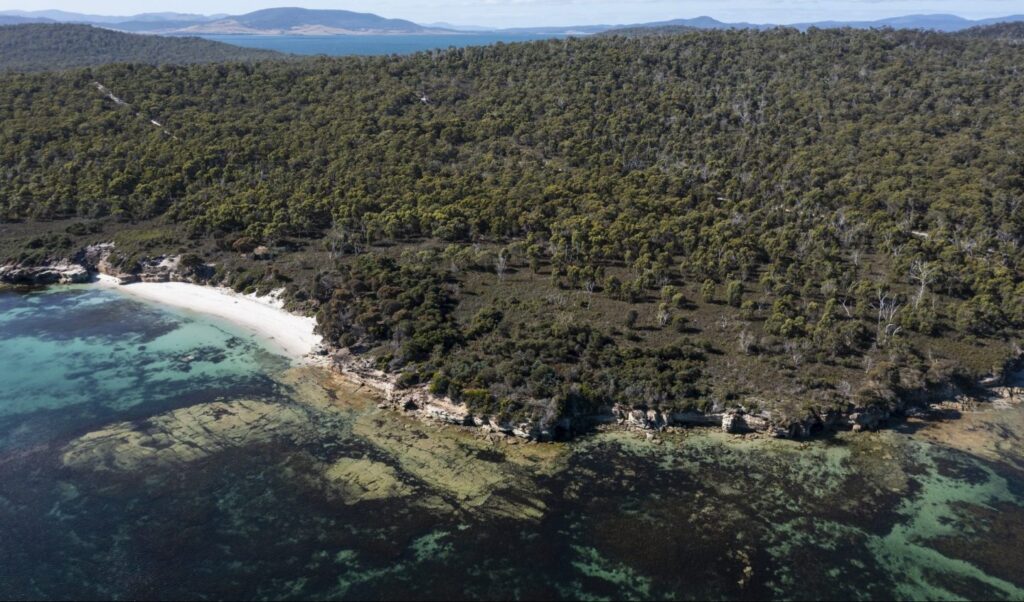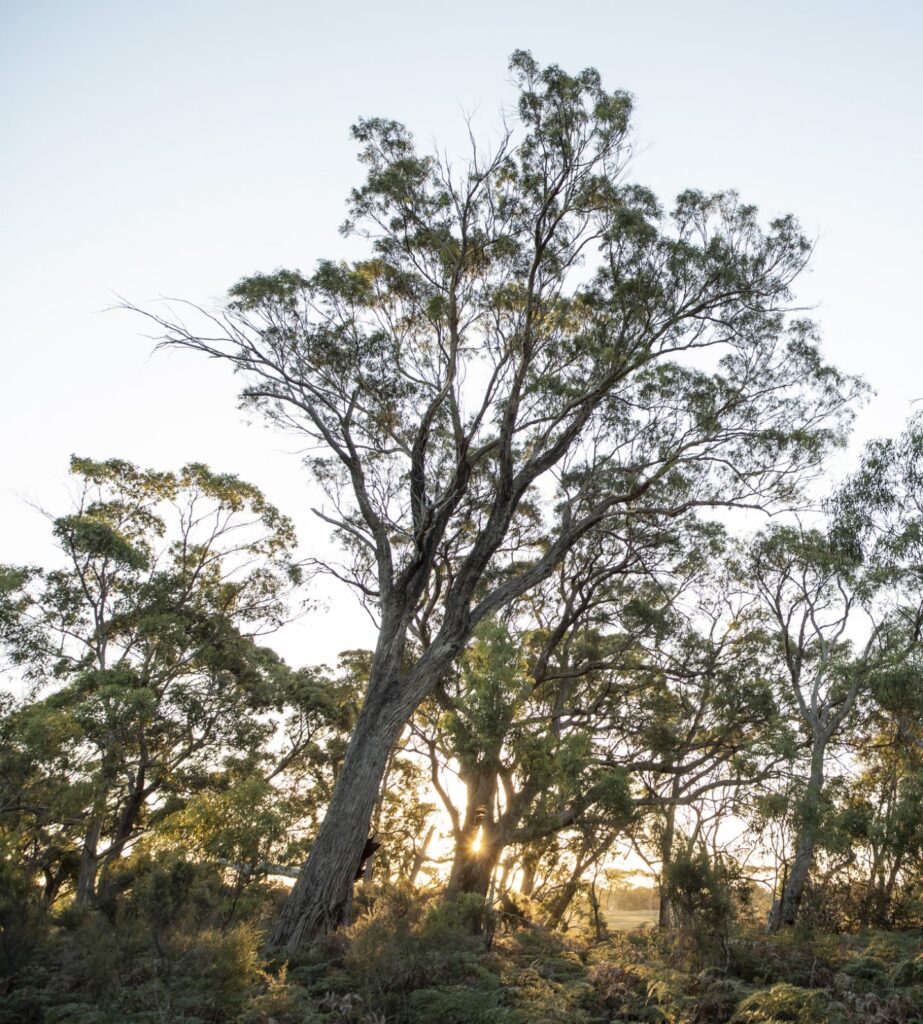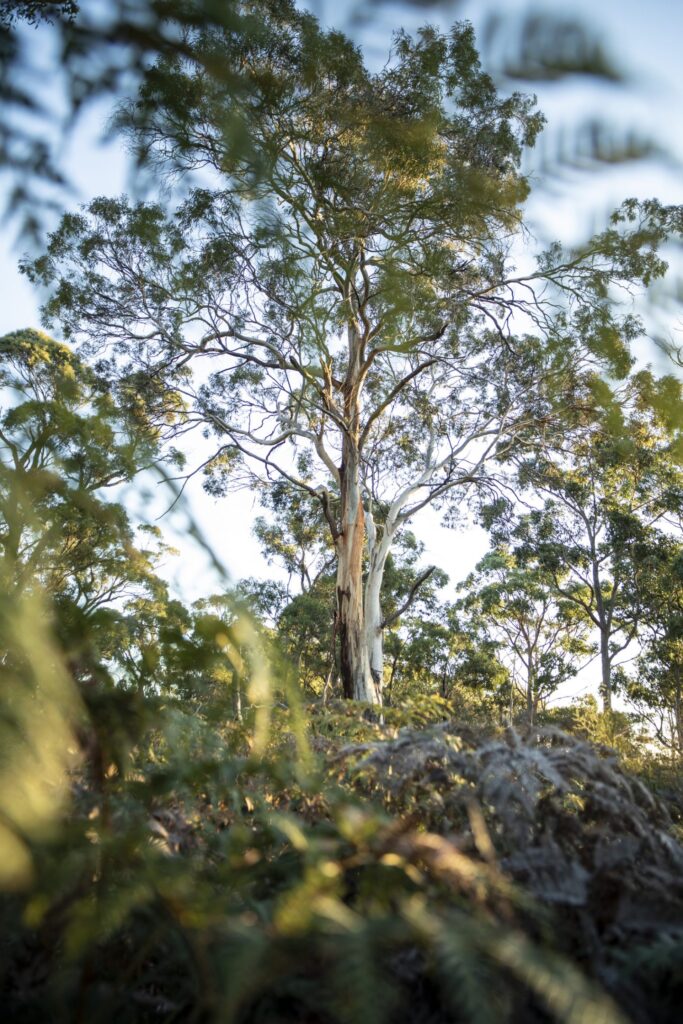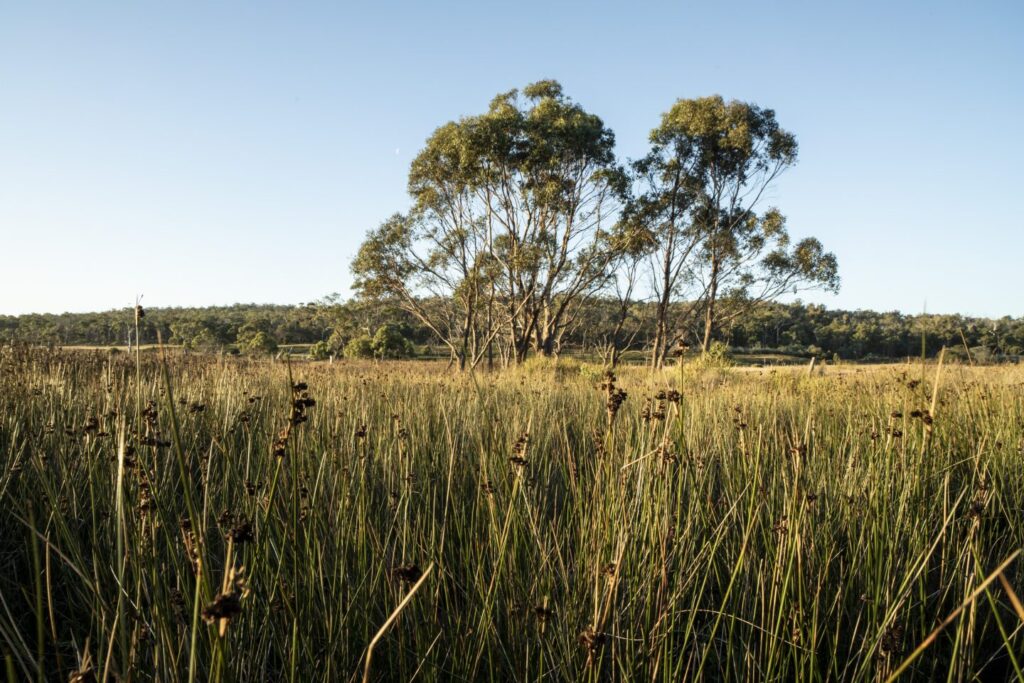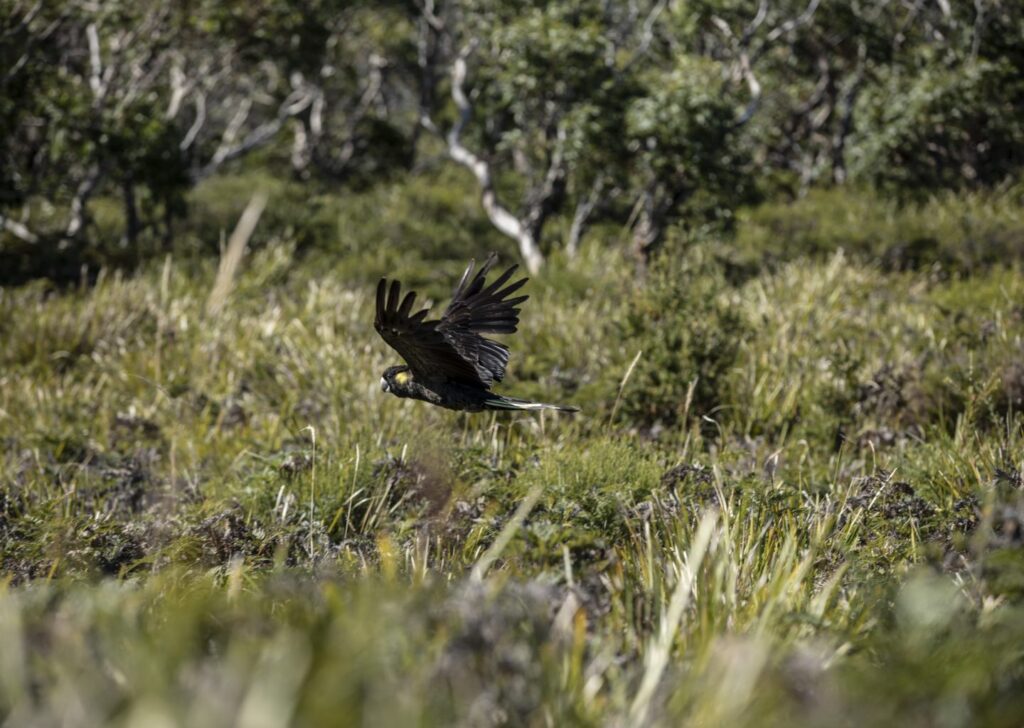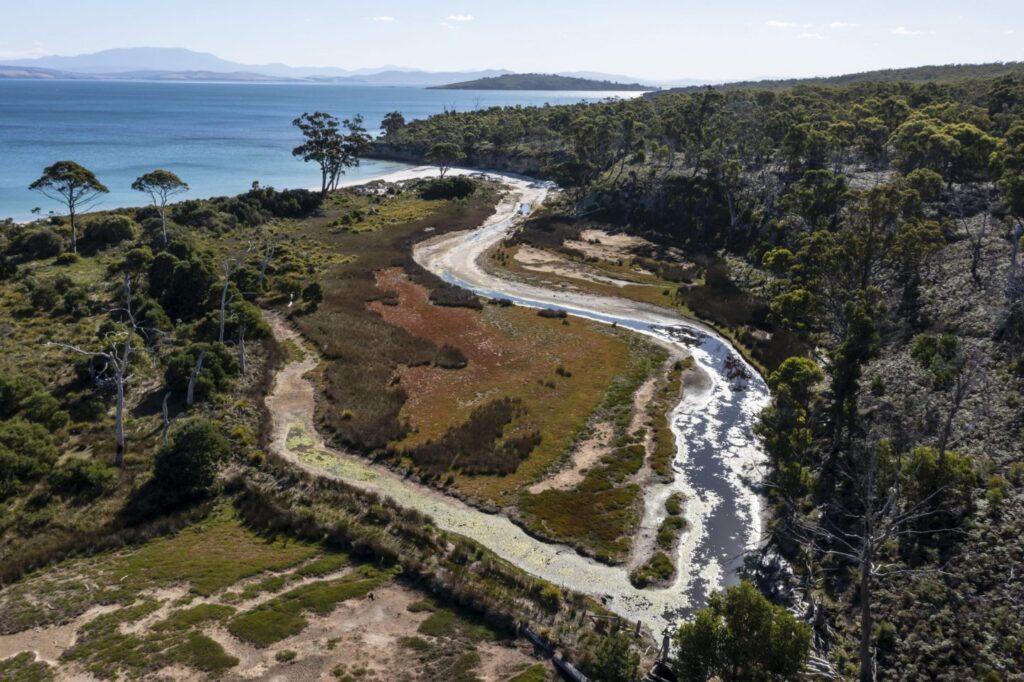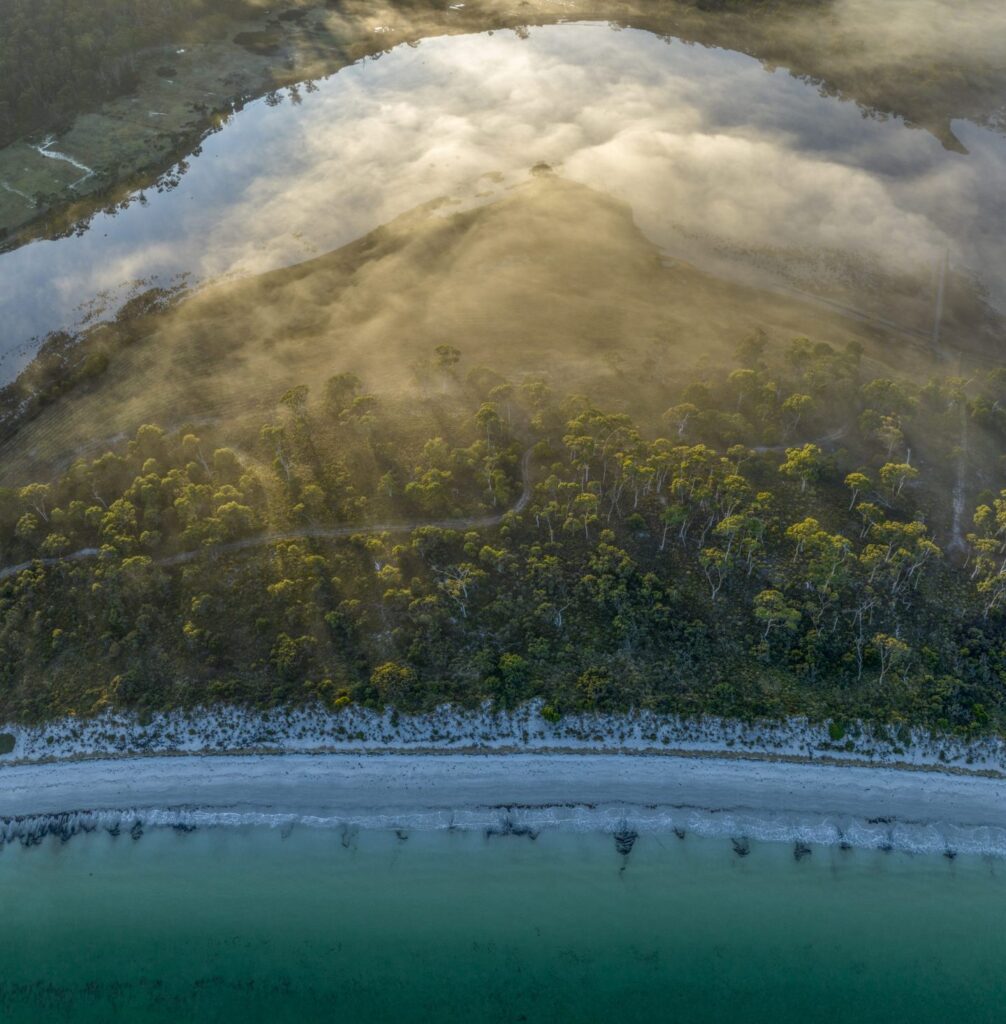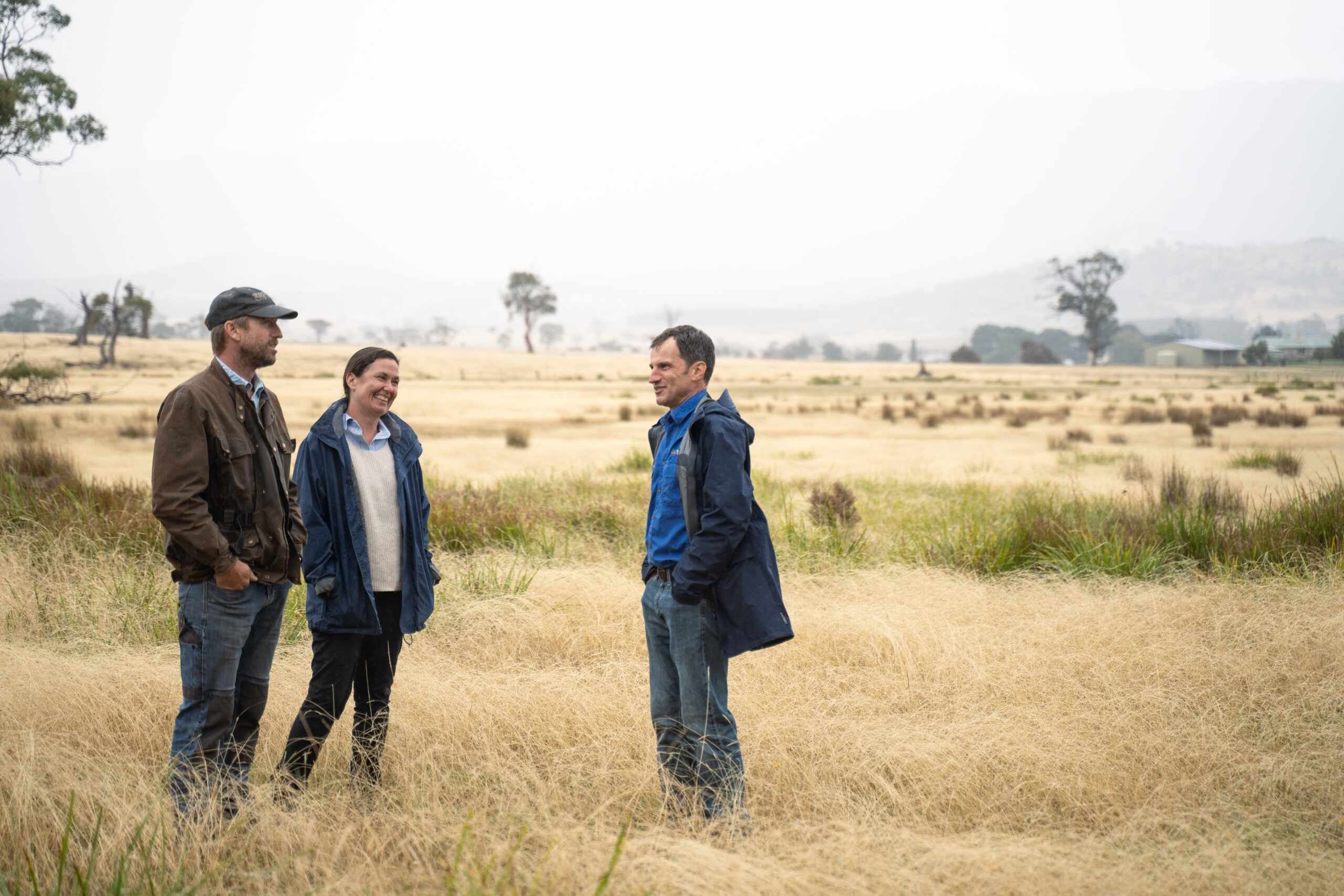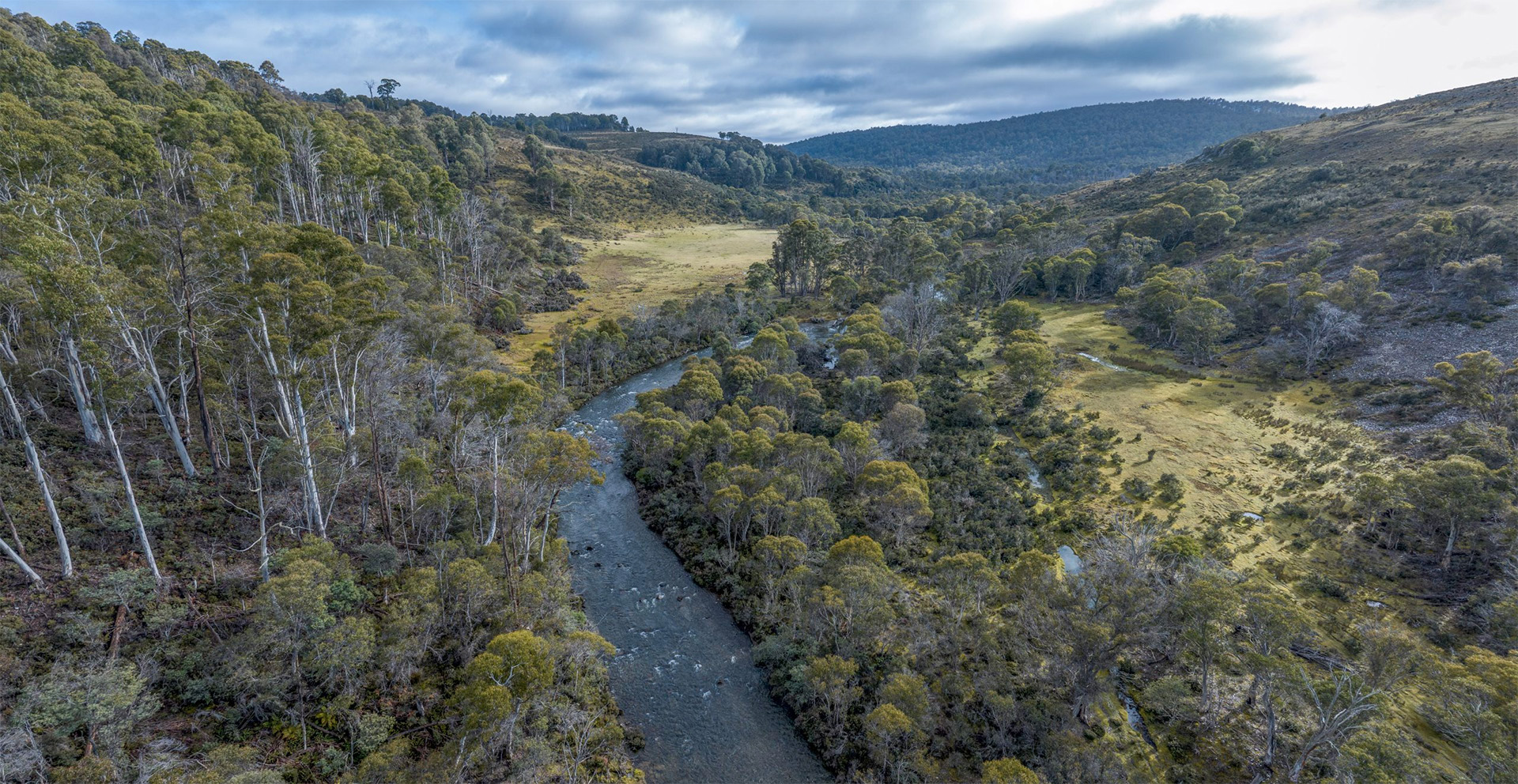Overlooking Frederick Henry Bay on the Tasman Peninsula, Sloping Main Reserve protects a rich mosaic of native vegetation, including ten threatened vegetation communities – a diversity of threatened vegetation greater than on any other TLC reserve. Extended in 2023 and covering 660 hectares, this property also features a large, nationally vulnerable saltmarsh. This saltmarsh has very high conservation values, both because of the vegetation it supports and because it is habitat for many wetland species including migratory shorebirds, frogs, reptiles and invertebrates. There is also an extensive coastal dune system that supports healthy threatened white gum coastal forest.
A RICH MOSAIC OF NATIVE PLANTLIFE
Sloping Main Reserve contains one of the best examples of remnant of coastal forest in south-east Tasmania. The vegetation is complex and diverse, with an understorey rich in coastal heaths, bush peas, orchids, sedges, and daisies. Its beautiful freshwater wetlands covered in aquatic plants are equally impressive.
One threatened community is of particular note: ‘Tasmanian forests and woodlands dominated by black gum or Brookers gum (Eucalyptus ovata/E. brookeriana)’ is listed as critically endangered under the Commonwealth Environment Protection and Biodiversity Conservation Act. This community typically occurs in small patches of less than two hectares, usually watercourses and drainage lines in farming areas that have been extensively cleared for agriculture. Under these conditions, the community is rarely in good condition and is generally highly modified and weed infested. At Sloping MainReserve, black gum forest and woodland is in beautiful condition and covers around 40 hectares of this property. Sloping Main Reserve makes a substantial contribution to the protection of this critically endangered ecosystem, as well as protecting habitat that could support another 19 threatened flora and fauna species.
The property also includes good areas of black peppermint (Eucalyptus amygdalina) forest on sandstone, a threatened vegetation community not found in any of TLC’s other permanent reserves, making it a very high priority for protection.
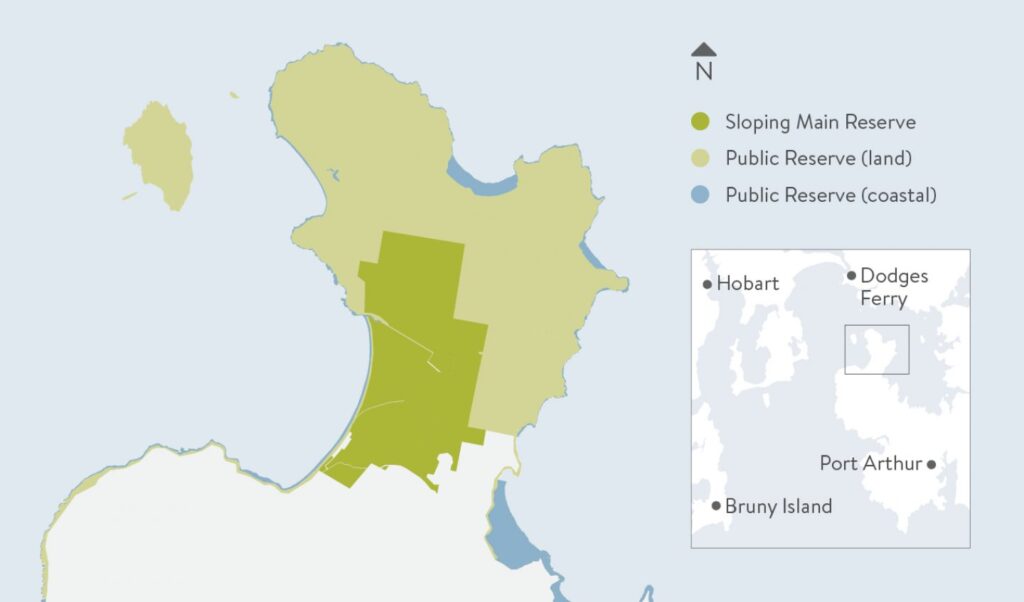
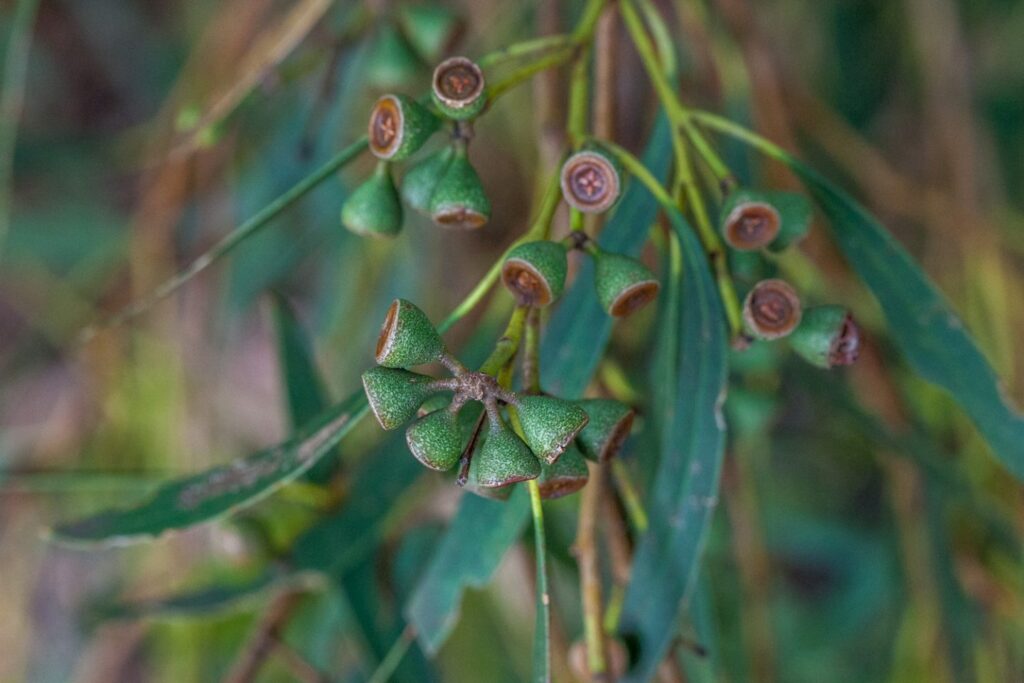
A SUPERB SALTMARSH WETLAND
Half of Tasmania’s saltmarsh wetlands have been lost or degraded, mostly due to land-use changes. Weeds are a major risk to saltmarsh vegetation, while climate change and sea-level rise bring more threats. Coastal saltmarsh wetlands are unique habitats, generally tidal and inundated regularly or occasionally. Salt-tolerant plants such as succulents, herbs, grasses and low shrubs grow, providing habitat for crabs, snails, insects, spiders and fish. Saltmarshes connect land and sea, filter run-off water and sequester atmospheric carbon dioxide.
Dr Eric Woehler notes that ‘pressures on Tasmania’s saltmarshes have seen much of this habitat lost, and rising sea levels may exacerbate those pressures. Those kept intact will have the greatest resilience, maintaining their critical ecosystem roles well into the future’. Saltmarshes are a vital part of Tasmania’s habitat protection jigsaw. That’s why it’s so important for us to protect Burden’s Marsh, a prime example of this increasingly vulnerable habitat at Sloping Main Reserve.
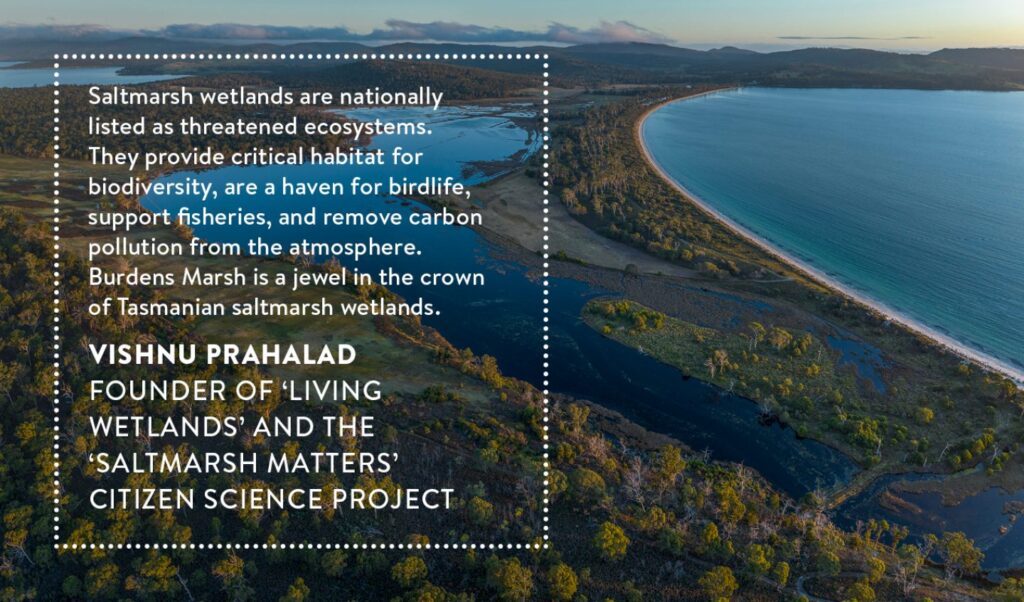
THE IMPORTANCE OF CONNECTIONS
Thanks to the diversity of vegetation and the sweeping coastline that borders the property, this is also excellent habitat for avian predators, including white-bellied sea eagles, grey goshawks and wedge-tailed eagles.
The property is rich in connecting habitat between the coastal saltmarsh to the west and more densely forested areas within Sloping Main to the north and east. These habitats are critical to predators and prey alike: small animals have the chance to forage in more open areas where food is plentiful (and where they may themselves become food) but where they are also near habitat with a thicker understory where they can safely hide.
This has long been a place where people have loved nature. Land for Wildlife properties are scattered across the Tasman Peninsula, and some of the most important conservation properties the TLC has sold through its revolving fund are found nearby. Together with neighbouring Lime Bay State Reserve and Coal Mines Historic Site, Sloping Main Reserve is part of 2,220 hectares of contiguous conservation reserve on the Tasman Peninsula.
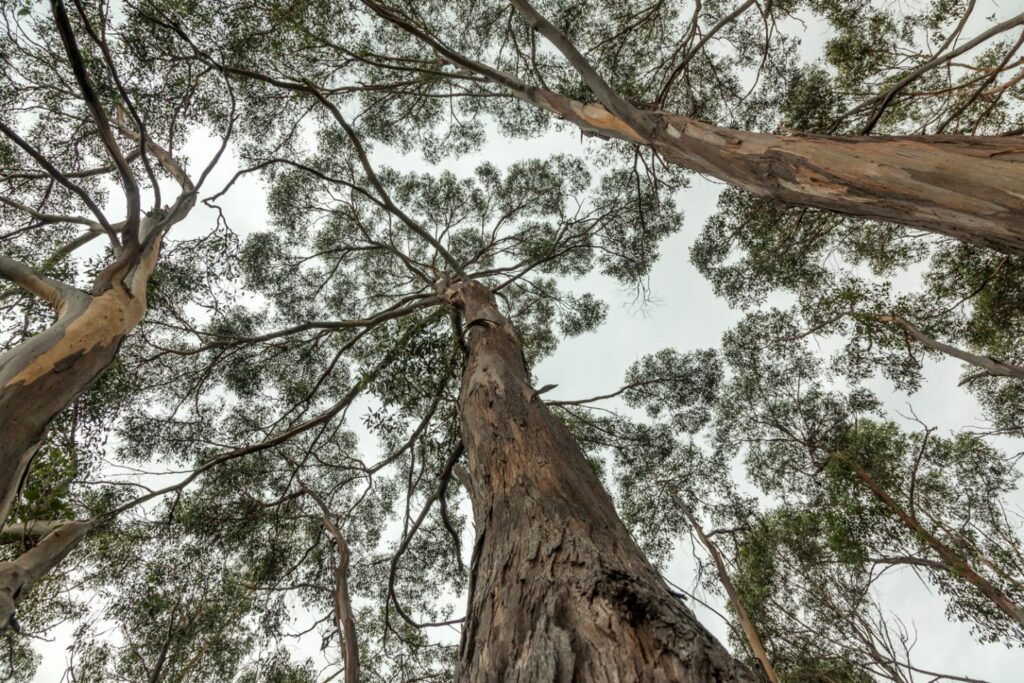
CARING FOR SLOPING MAIN RESERVE
The property is virtually free of weeds, with the exception of a small area of radiata pine. Around 100 hectares of the property had been previously cleared for agriculture, but our on-ground assessment found that these areas are regenerating with native species.
Large intact buffers of vegetation gently slope up from Burden’s Marsh to bushland, a very rare attribute of saltmarsh in Tasmania, which is normally a very narrow vegetation community with a steep slope. The gently sloping buffer will allow the vegetation to move upslope as sea level rises. Whenever we establish a reserve, we plan for its future under climate change.
A series of drains have been cut through Burdens Marsh and a weir installed at the mouth. These were historically used to regulate hydrological flows in and out of the saltmarsh. In recent years, we have been undertaking hydrological restoration with Nature Glenelg Trust at Long Point Reserve, and we may be able to apply what we have learned there in the management of Sloping Main Extension.White fronted chat in the wetlands at Sloping Main Extension.
